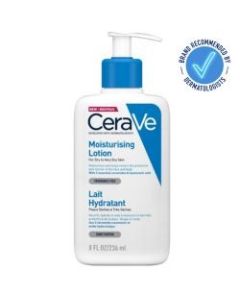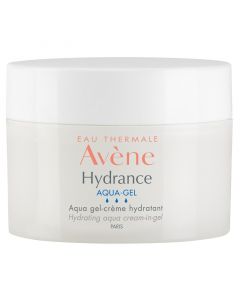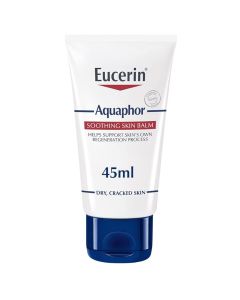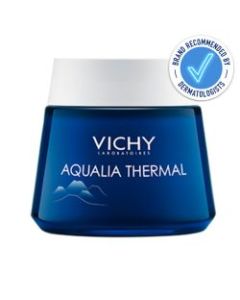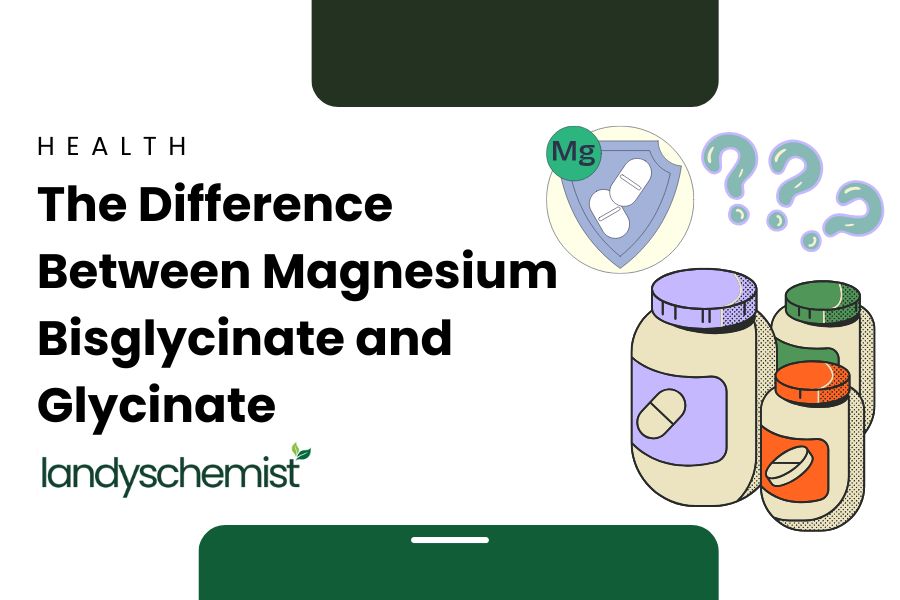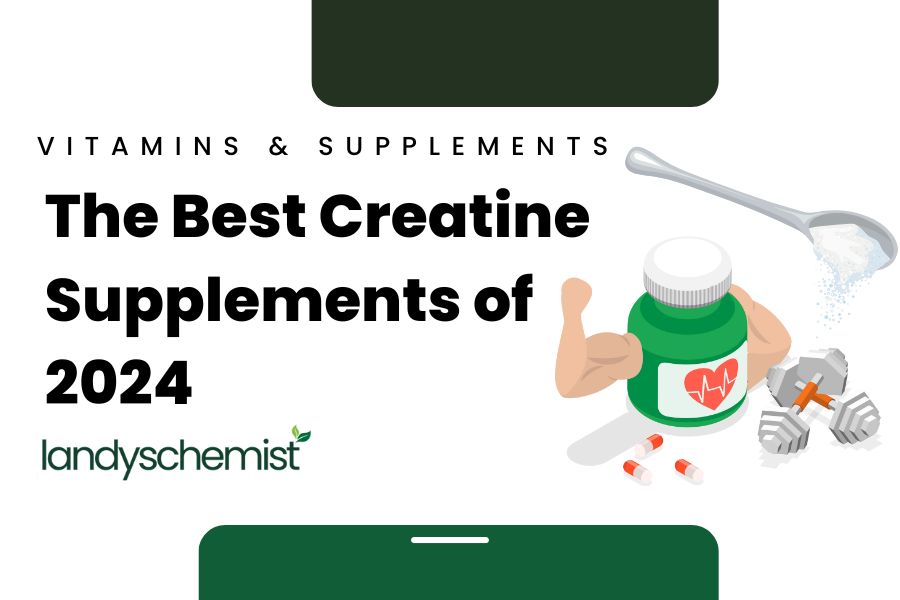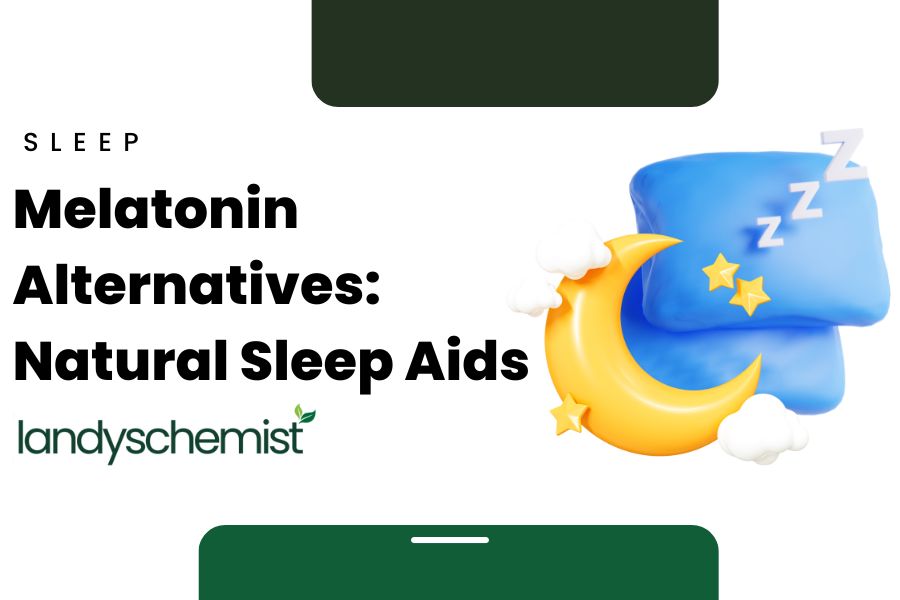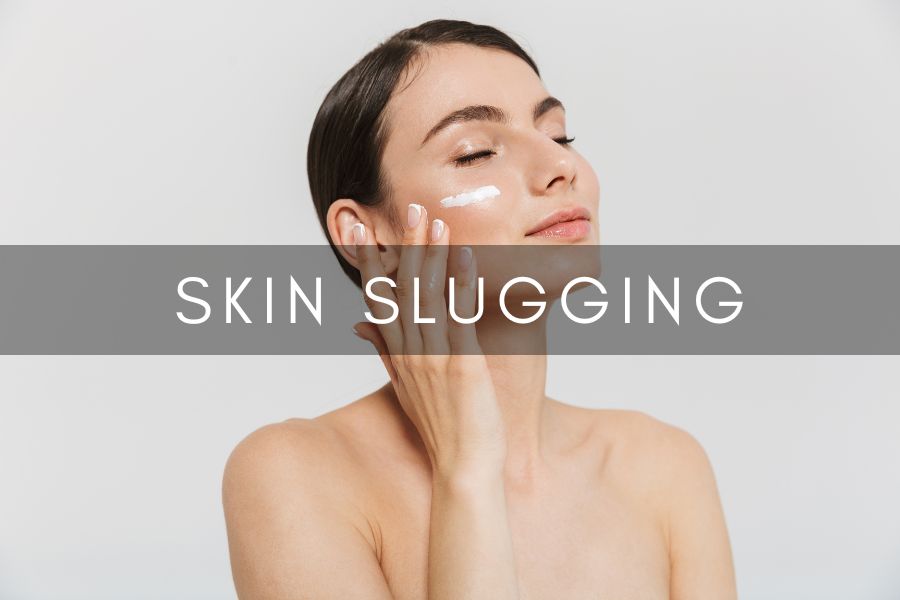
Your Guide to: Slugging in Skincare
Slugging, a popular Korean beauty trend has one simple aim: to lock moisture, seal products which were applied the night before into the skin, and prevent moisture loss. The result hopefully being soft, plump, hydrated skin in the morning.
Some people swear by this technique to achieve a glowing complexion, however others are skeptical about its effectiveness.
Let's unpack what slugging means for your skin!
What does slugging mean in skincare?
Slugging has become a buzzword in the skincare community, and for good reason. Slugging in skincare involves covering the skin with a thick layer of an occlusive like petroleum jelly after your usual skincare routine and leaving it on over night. The idea is that the occlusive acts like a seal and barrier, locking moisture into the skin and preventing water loss.
The term "slugging" comes from the slippery texture of products used, which can resemble a trail left by a snail. This trend originated in Korean skincare and has gained popularity for its ability to hydrate and plump the skin, particularly in cooler months when skin tends to be drier.
While some people swear by slugging for its hydrating benefits, others are hesitant to try it due to concerns about clogged pores and potential irritation. It's important to note that slugging may not be suitable for everyone, especially those with oily or acne-prone skin. Occlusive products, although are approved as a skin protectant, can potentially clog pores and cause breakouts, so it's important to monitor your skin for any adverse reactions.
However, for those with dry or dehydrated skin, slugging can be a game-changer. By creating a protective barrier, it can help to alleviate symptoms like flakiness and tightness, and provide long-lasting hydration. And while petroleum jelly is a popular choice for slugging, there are other occlusive products like lanolin or certain types of facial oils that can be used as well.
What benefits does Slugging have for your skin?
Hydrate the skin
Slugging in skincare is gaining popularity for its ability to hydrate and restore the skin's barrier. By applying a thick layer of occlusive products like petrolatum after your usual skincare routine, you create a seal that helps lock in moisture and prevent surface water loss. Studies have shown that petrolatum can reduce trans epidermal water loss (TEWL) by nearly 99%. This allows the skin to retain more moisture.
Restore the skin's barrier
Preventing water loss also helps to restore the skins barrier which promotes healing. When the skin's barrier is compromised, it can lead to issues like dryness, irritation, and even inflammation. Slugging helps to restore the skin's barrier, which in turn can promote healing and soothe irritated skin. By keeping the skin hydrated, slugging can also help to improve the skin's texture and overall appearance.
Protects the skins natural lipid barrier
This occlusive layer acts as a protective barrier against environmental aggressors and damaging elements, such as heat or harmful molecules, that can cause a reaction on the skin. It also helps to restore the skin lipids to restore the function of the natural lipid barrier.
Increases skin elasticity
One of the benefits of slugging is that it can help moisturisers penetrate the skin more effectively. By sealing in the moisture of other skincare products like serums, slugging allows them to work more effectively and provide long-lasting hydration. This helps the epidermis retain the hydration, increasing skin elasticity and leaving the skin feeling soft and supple.
Leaves soft feeling skin
By creating this barrier, slugging helps to prevent water loss and keeps the skin hydrated, which is useful for those with dry or dehydrated skin. It also helps the gentle ingredients often used under an occlusive like hyaluronic acid to deeply penetrate the epidermis of the skin for long lasting hydration.
Provide protection for compromised skin
For those with compromised skin barriers or skin conditions like eczema, slugging can provide an extra layer of protection to soothe and heal the skin. The occlusive layer created by slugging can help to reduce inflammation and irritation, allowing the skin to heal more quickly.
How to Slug
Which skin types benefit from Slugging?
While slugging can be beneficial for a variety of skin types, it is particularly helpful for those with dry, dehydrated, or sensitive skin. These skin types often have trouble retaining moisture, leading to flakiness, tightness, and discomfort. By creating a protective layer on the skin, slugging can help to prevent water loss and keep the skin hydrated, alleviating these symptoms.
People with mature skin can also benefit from slugging. As we age, our skin becomes less able to retain moisture, leading to a loss of elasticity and the development of fine lines and wrinkles.
That being said, people with oily or acne-prone skin may find that slugging exacerbates their skin issues. Occlusive products can potentially clog pores and cause breakouts, so it's important to patch test and monitor your skin for any adverse reactions. This is because these skin types will have a lipid layer which is adequate enough that an additional occlusive layer is unecessary, and can clog pores which can cause break outs.
You should avoid slugging if you have infected skin or an open wound as it will inhibit the infection from clearing quickly.
How to carry out slugging:
Products applied before the slug should be gentle and hydrating like hyaluronic acid and ceramides. Active ingredients like retinol and glycolic acid should be avoided to limit side effects like irritation.
Step 1: Cleanse the face to remove any makeup, dirt or build up of oil on the skin. Ensure that you are using a cleanser suitable for your skin type.
Step 2: Apply your regular toner, serum and moisturiser. Ensure that you are using products which are suitable for your skin type.
These products applied should be gentle and hydrating for the skin, utilising ingredients such as hyaluronic acid and ceramides which are deeply nourishing for the skin.
It is important to avoid using skincare products which use alpha-hydroxy acids, beta-hydroxy acids and retinoids as they can irritate the skin when sealed under an occlusive for a prolonged period of time.
Step 3: Apply an occlusive product over the top. Take a small amount of product and gently massage it over the top of your skin, making sure to cover the face and neck. You want to apply enough so that there is an even layer on the skin but not an excessive amount which feels uncomfortable.
It should also be noted that slugging can be applied to only sections of the face which require deep hydration, it does not need to be applied on the entire face. You can even apply it on the lips.
Step 4: Sleep with the layer on. Leave it on overnight to allow the products to fully penetrate into the skin. Getting a goods night sleep is important for skin health and should not be forgotten!
Step 5: Gently cleanse the face in the morning to remove the occlusive product.
Step 6: Resume your usual skincare routine.
How often should you Slug?
Slugging should be carried out at night to allow products to be sealed uninterrupted.
How often you slug depends on your skin's complexion, however daily slugging is not required meaning that you should have non slug days alternating with slug days.
During drier months, slugging can be considered for a period of time when the skin is prone to losing moisture.
Product Recommendations:
Below are some products which can be used for slugging!
This is a non-comedogenic, rich cream. It contains hyaluronic acid and 3 essential ceramides to help the skin stay hydrated. It also utilises a patented multivescular emulsion technology to provide long lasting moisture. It was found that ceramide cream can increase the hydration of the skin whilst reducing trans epidermal water loss.
This product provides long lasting hydration from cohederm and Avene Thermal Water. The patented hydrating complex of cohederm allows the skin to draw from micro-resevoirs of water.
This is a water free ointment which is non-comedogenic. It contains panthenol, glycerin and bisabolol to attract water and provide anti-inflammatory properties. This ointment is 41% petrolatum, and contains mineral oils and lanolin both of which can decrease the rate of trans epidermal water loss by between 20 and 30%.
This is a moisturising sleep mask which hydrates the skin overnight with hyaluronic acid and Vichy Mineralizing Water to lock in moisture.
Vaseline is also a good occlusive which helps protect the skincare products underneath and allows them to fully absorb into the skin. It was found that vaseline can reduce trans-epidermal water loss by more than 98%.
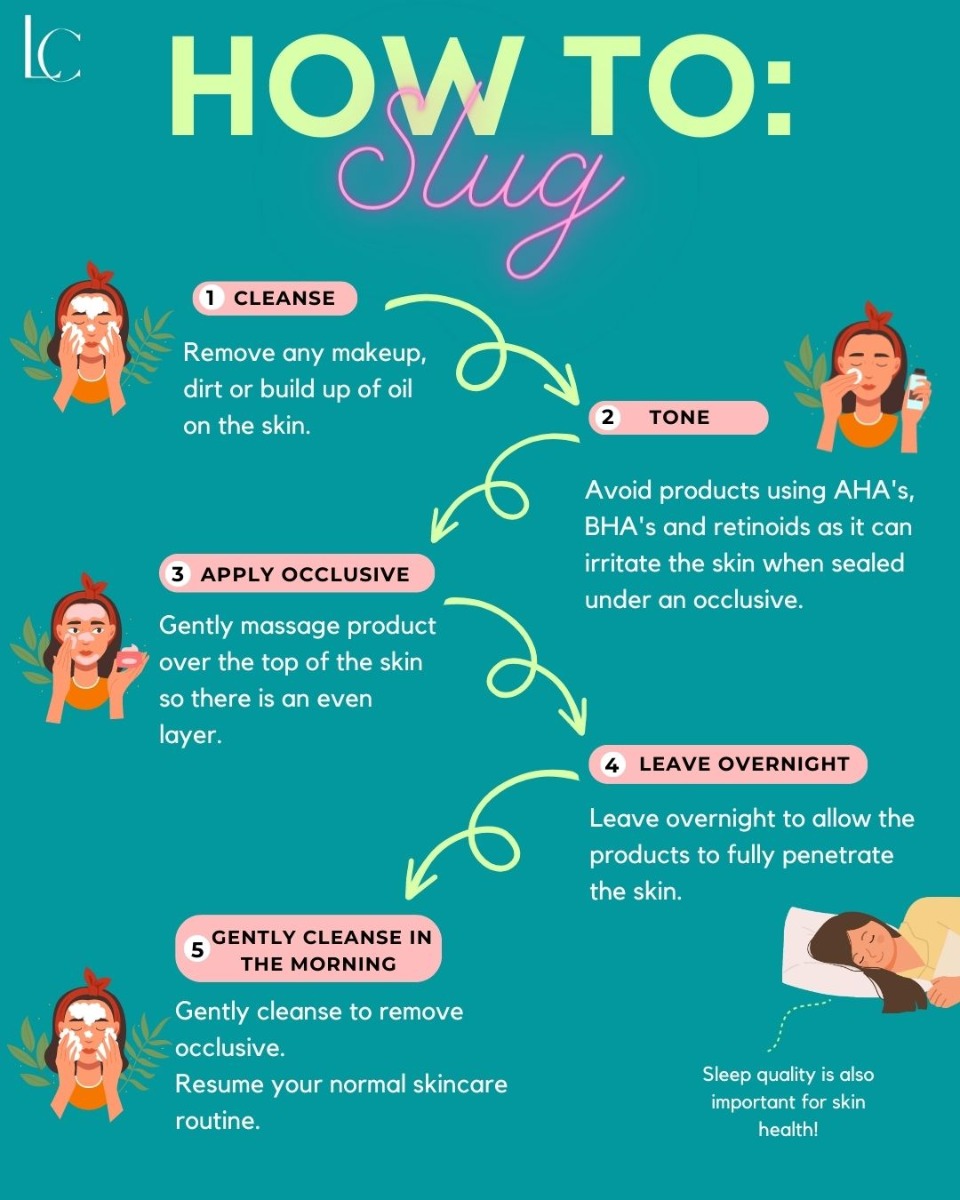
By Saarah Mengrani, Msc Biotechnology

